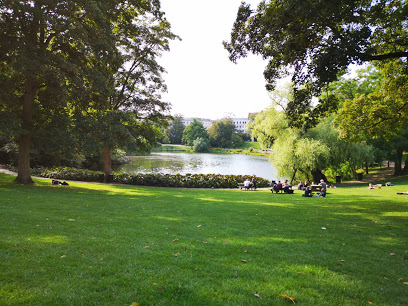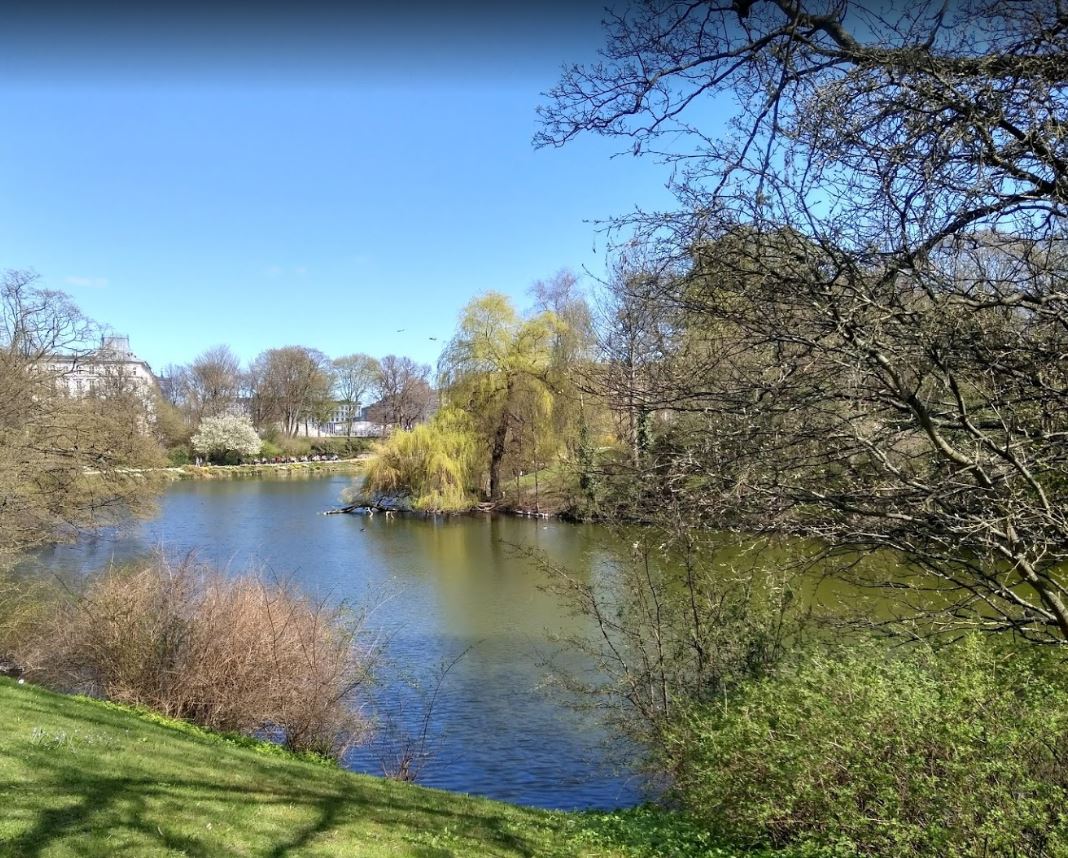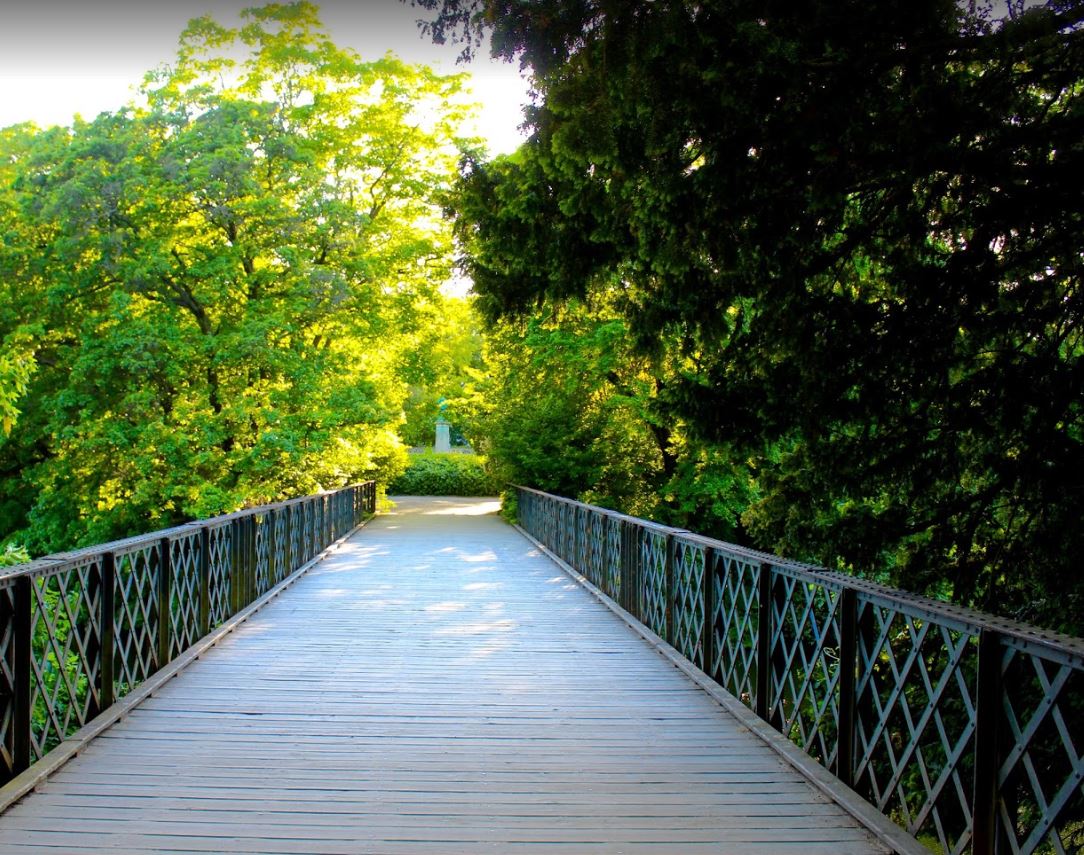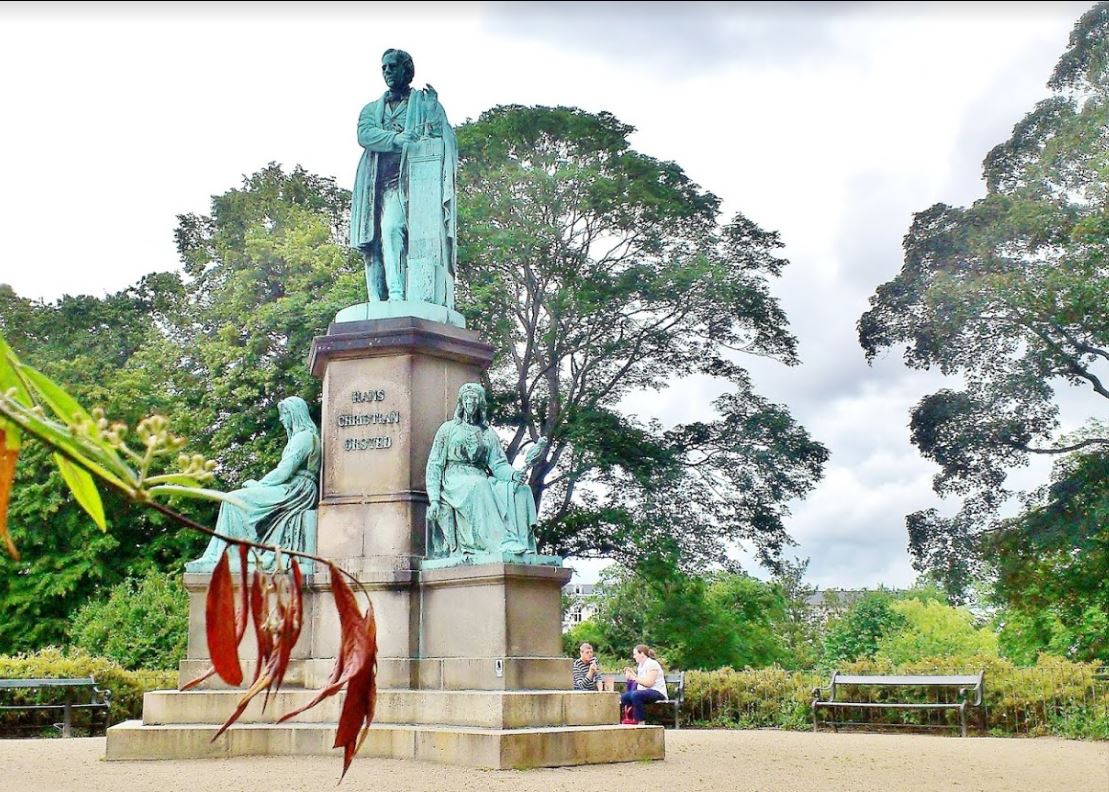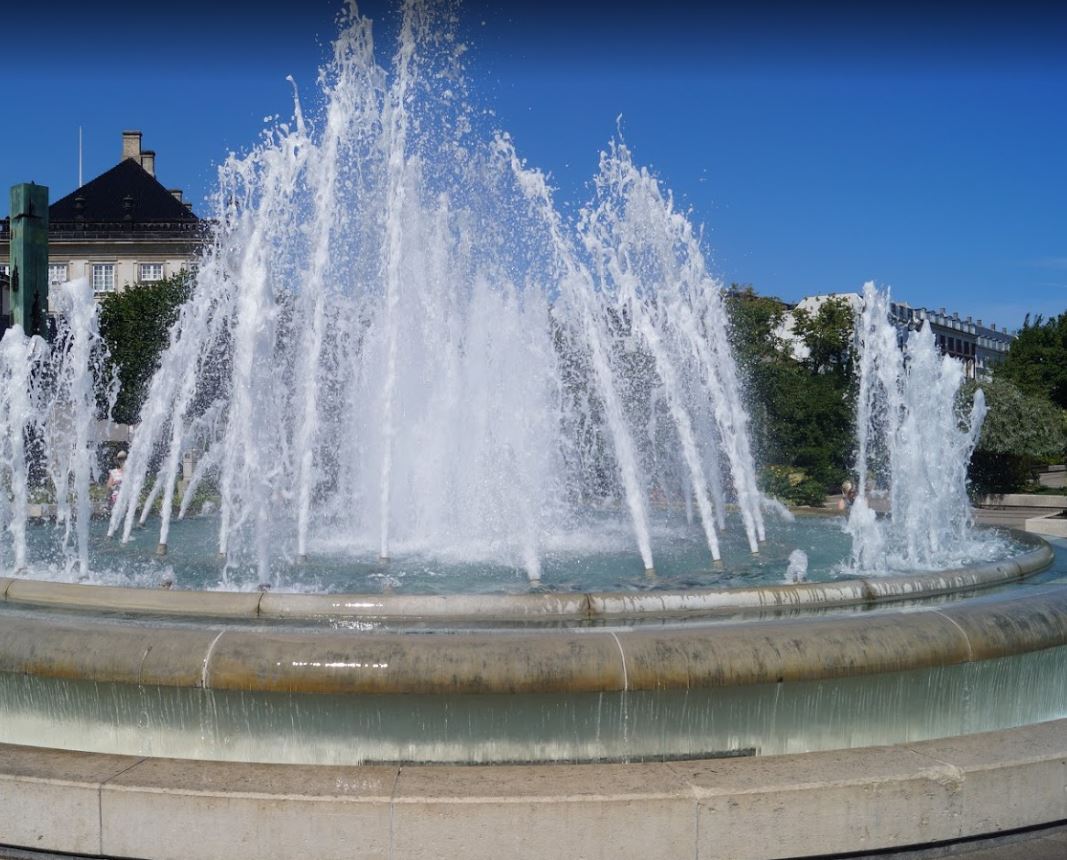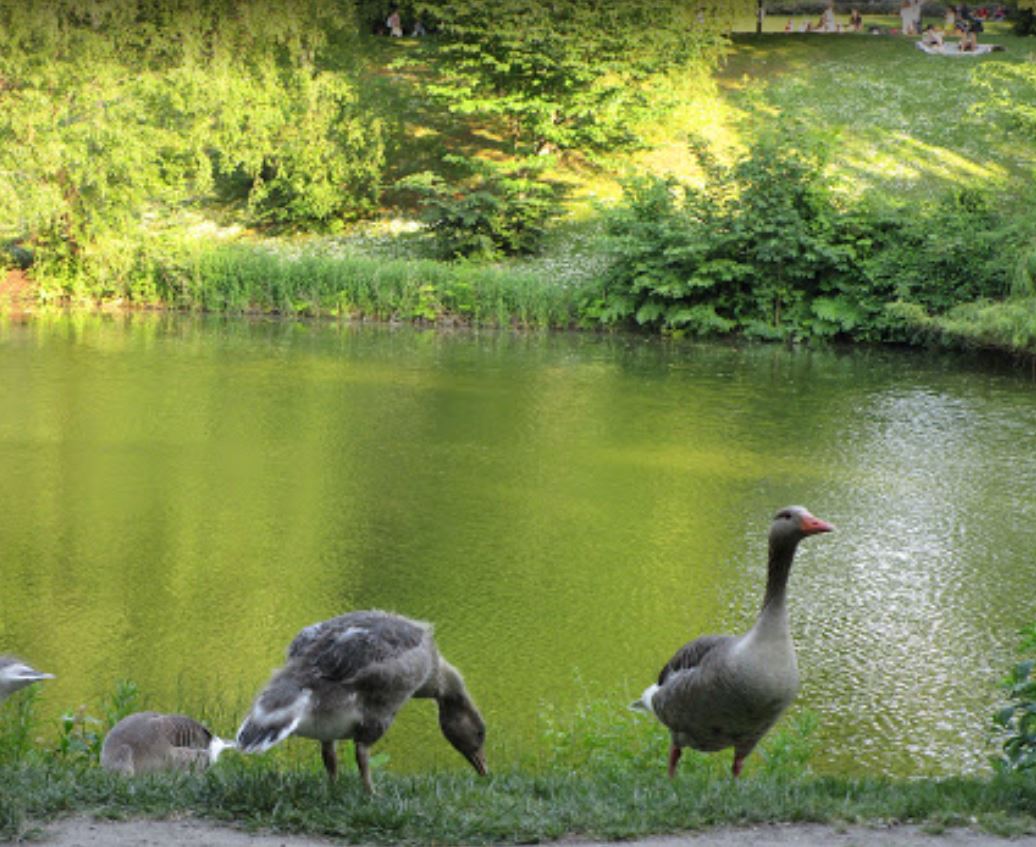The garden still holds elements of the ancient fortifications in topography - part of the trench now serves as a rectangular lake and the former forts appear in the landscape as small hills. The park was named for the Orsted brothers, political and legal Anders Sandoy Orsted, and physicist Hans Christian Orsted, who celebrate the monuments in the park.
When the old fortification ring in Copenhagen was shut down in 1868 and its lands were abandoned to the city, it was decided to allocate a large portion of them to the parks to the city's rapidly growing population. The city council adopted a plan to redevelop the area in 1872 which resulted in three new parks - Ordsted Parken, the Aporeparken and the Ostry Analogue - no longer available - and also moved the Copenhagen University Botanical Garden a few years later.
Ørstedsparken includes the region from Bastion in Ahlefeldt til Bastion to Helmer's Bastion in western Old Rampart. Henrik Auguste Flint was a gardening and landscaping engineer who was commissioned to design and build in 1876. The new park was opened on October 27, 1879. It was a park and also included the first public stadium in Copenhagen. The reasons were listed in 1963.
x
T
R
F
I
H
I
We have 16614 Parks Now ... The First and largest platform for green public parks
Ørsteds Park
Ørsteds Park
Nørre Voldgade 1, 1358 København, Denmark
About Park
-
Preview
One of a series of parks laid on the grounds of the ancient fortification ringImportant Information
-
Park Area
65000.00 SQM -
Foundation Date
1/1/1868
-
Intertainment Elements
Sports
Sitting places
Entertainment
Restaurants
Trips
Kids area
-
Main Elements
- Cleanliness
- Parking and public transport
- Green areas
- Open spaces
- Open paths for walking


